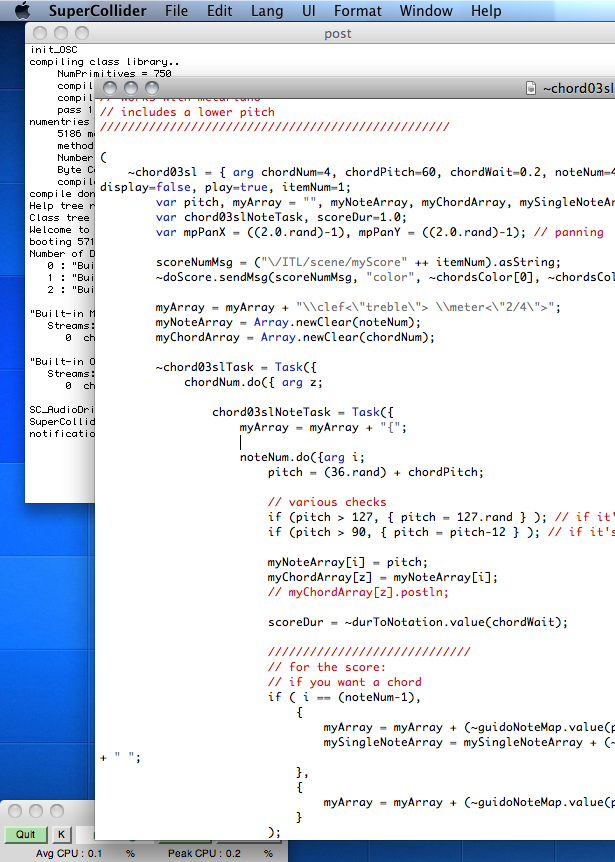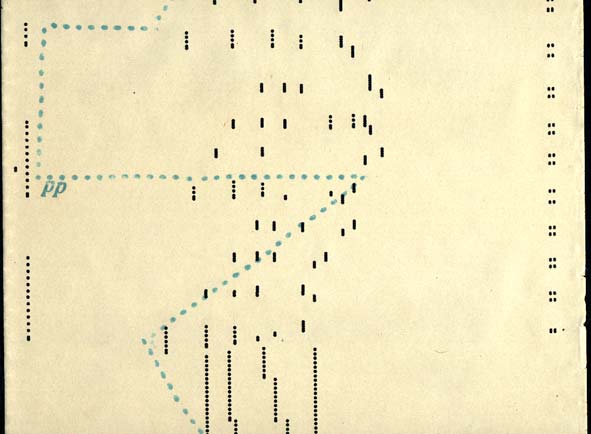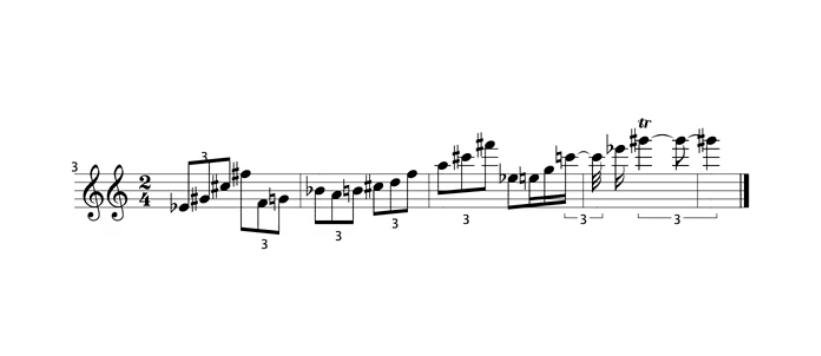rhoadley.net music research software blogs
vimeo youtube gallery
five pieces sextet through the sharp hawthorn only connect in principio miscellaneous concertino three pieces for two pianos four archetypes petrochemicals copenhagen ambience hello histrionica telephony many worlds 127 haiku 128 haiku triggered touching sound 127 messages
calder's violin fluxus fluxus tree player piano three streams quantum canticorum december variations december mobile semaphore piano glyphs how to play the piano choreograms edge violations homage unthinking not songs graffiti
devices: gaggle gagglina wired threads glyphs metapiano digiphone
NB All material on this site is © Richard Hoadley (and others), 1980-2023
Piano Glyphs (2014-6)
automatic music for piano and computer
by Richard Hoadley
1: Melismas, in preparation
2: Mobiles, in preparation
3: Player Piano, in preparation
4: Mechanical Devices, in preparation
5: How to Play the Piano in 88 Notes, with poetry by Katharine Norman, first performed by Philip Mead at the London International Piano Symposium, Royal College of Music, February 14 2015
Hoadley, R. and Katharine, N. (2015) How to Play the Piano in 88 Notes, a part of Piano Glyphs
Piano - Philip Mead, Music and programming - Richard Hoadley, Words - Katharine Norman
In a concert of music for piano and electronics, 7:30-8:30pm, 26th February 2015, PACE 1, De Montfort University, a part of the Cultural Exchanges Festival
3: Player Piano, in preparation
4: Mechanical Devices, in preparation
5: How to Play the Piano in 88 Notes, with poetry by Katharine Norman, first performed by Philip Mead at the London International Piano Symposium, Royal College of Music, February 14 2015
Hoadley, R. and Katharine, N. (2015) How to Play the Piano in 88 Notes, a part of Piano Glyphs
Piano - Philip Mead, Music and programming - Richard Hoadley, Words - Katharine Norman
In a concert of music for piano and electronics, 7:30-8:30pm, 26th February 2015, PACE 1, De Montfort University, a part of the Cultural Exchanges Festival
5: How to Play the Piano in 88 Notes, with poetry by Katharine Norman, first performed by Philip Mead at the London International Piano Symposium, Royal College of Music, February 14 2015
Hoadley, R. and Katharine, N. (2015) How to Play the Piano in 88 Notes, a part of Piano Glyphs
Piano - Philip Mead, Music and programming - Richard Hoadley, Words - Katharine Norman
In a concert of music for piano and electronics, 7:30-8:30pm, 26th February 2015, PACE 1, De Montfort University, a part of the Cultural Exchanges Festival
'Piano Glyphs' is being composed.
How to Play the Piano in 88 Notes (a part of Piano Glyphs), poetry by Katharine Norman, piano by Philip Mead from Richard Hoadley on Vimeo.
How to Play the Piano in 88 Notes is one of a number of pieces that together form the larger piece Piano Glyphs. These pieces together investigate approaches to live notation and cross-domain expression.
How to Play the Piano is a version of a passage originally from the dance-music-text piece 'Semaphore' by Richard Hoadley (music and programming), Jane Turner (choreography) and Philip Terry (poetry) (http://rhoadley.net/semaphore). It uses a live audio analysis of the reading of an original piece of poetry to generate audio and, in 88 Notes, live notation to be played simultaneously by a pianist. In the first part of the piece, the poem is algorithmically remodelled textually, graphically and aurally and orally.
How to Play the Piano in 88 Notes is a new, original poem written and recorded specifically for this piece by the composer and writer Katharine Norman. The music is created live through a combination of prepared programming (using SuperCollider) with elements of live coding. All material is produced and generated live.
Live notation (including music, text and graphics) is dynamically created at the time of performance in response to algorithms, code, physical action or any other source of data. Features of my use of live notation include the exploitation of performers' instrumental virtuosity and learned response, the use of common practice notation, if required, to optimise virtuosity (while encouraging improvisation), the synchronisation of notation with live performance and physical action, and the investigation of novel forms of notation. The software used for live notation is called INScore (http://inscore.sourceforge.net).
An expressive domain is a form of artistic expression such as music, dance, text, or images and patterns. In cross-domain expression, information is taken from one domain and translated into another in real-time allowing synchronous performance. (Music is already significantly cross-domain, formed as it is from the creation of patterns through physical action.)
The piece is primarily composed in the music programming environment, SuperCollider.
This piece uses the software INScore and Guido significantly, both currently being developed by the Grame Computer Music Research Lab.
- More information on INScore.
- More information on Guido.
See also: Calder's Violin, Fluxus, Fluxus Tree
Papers involving Piano Glyphs
In preparation.
Other video and audio examples
In preparation.



|